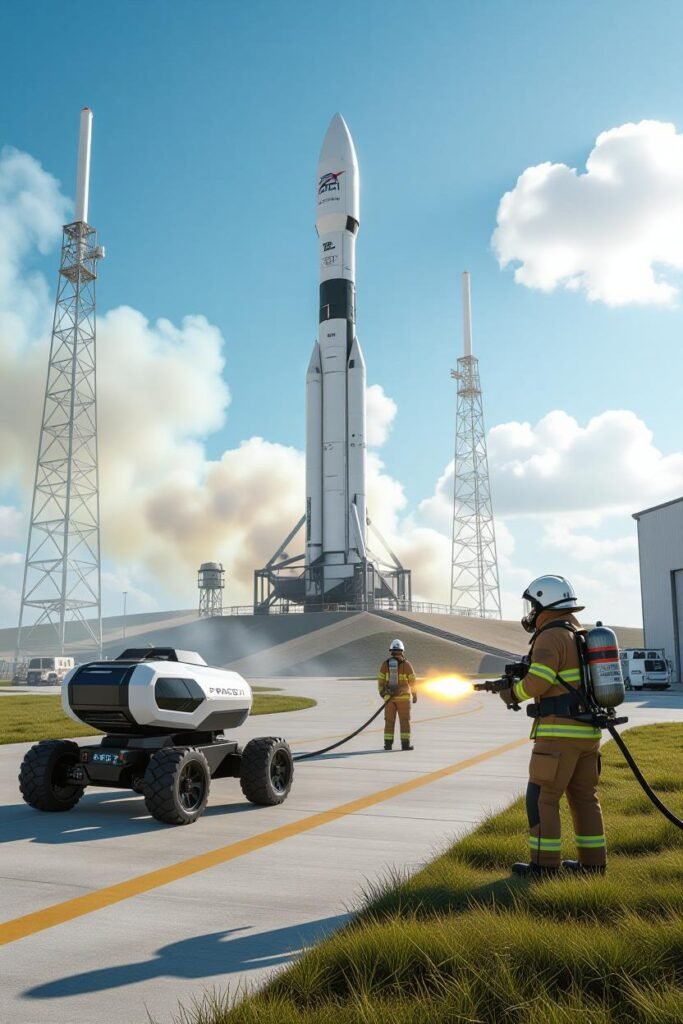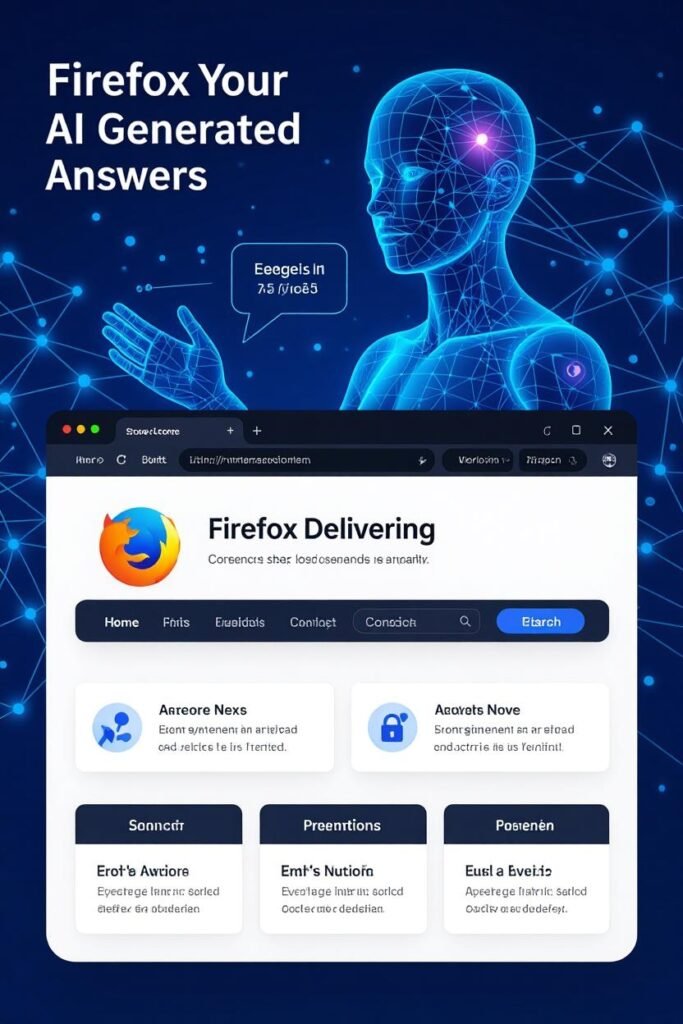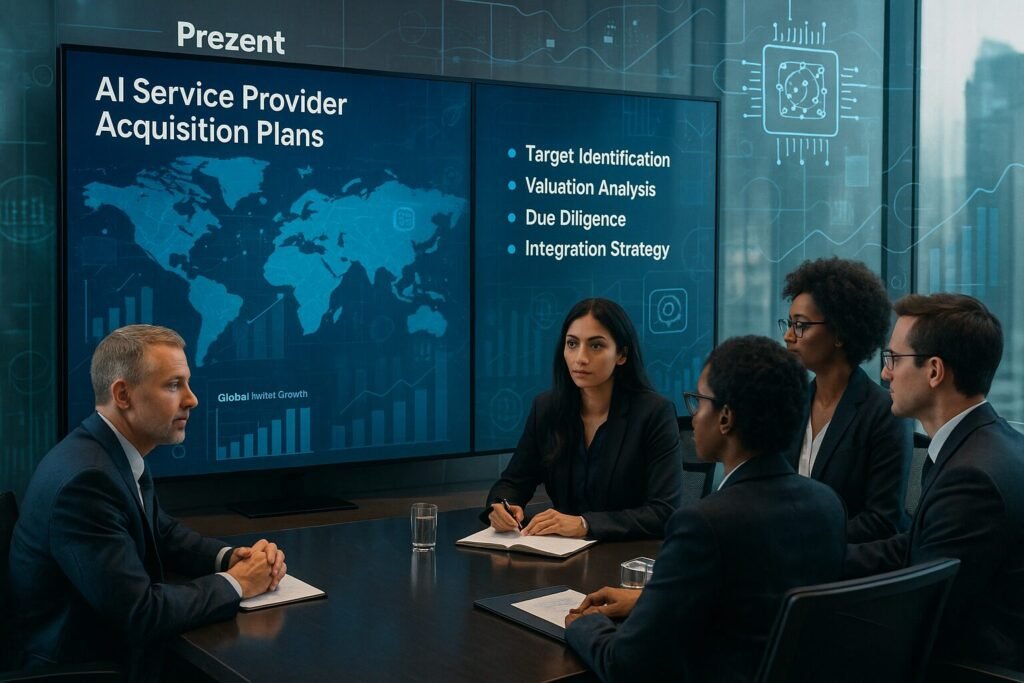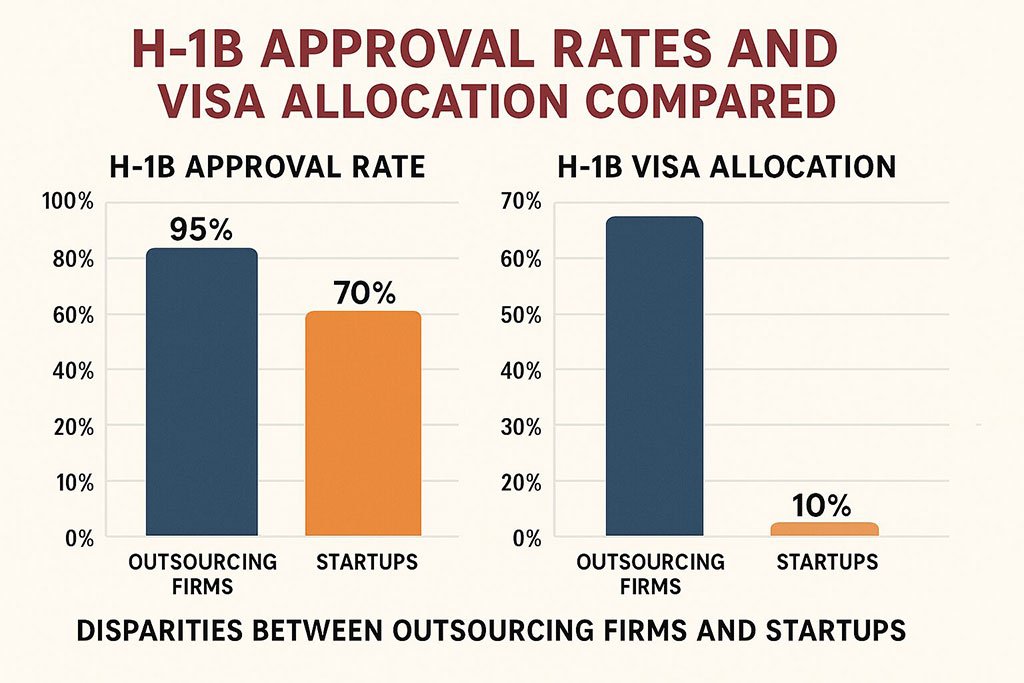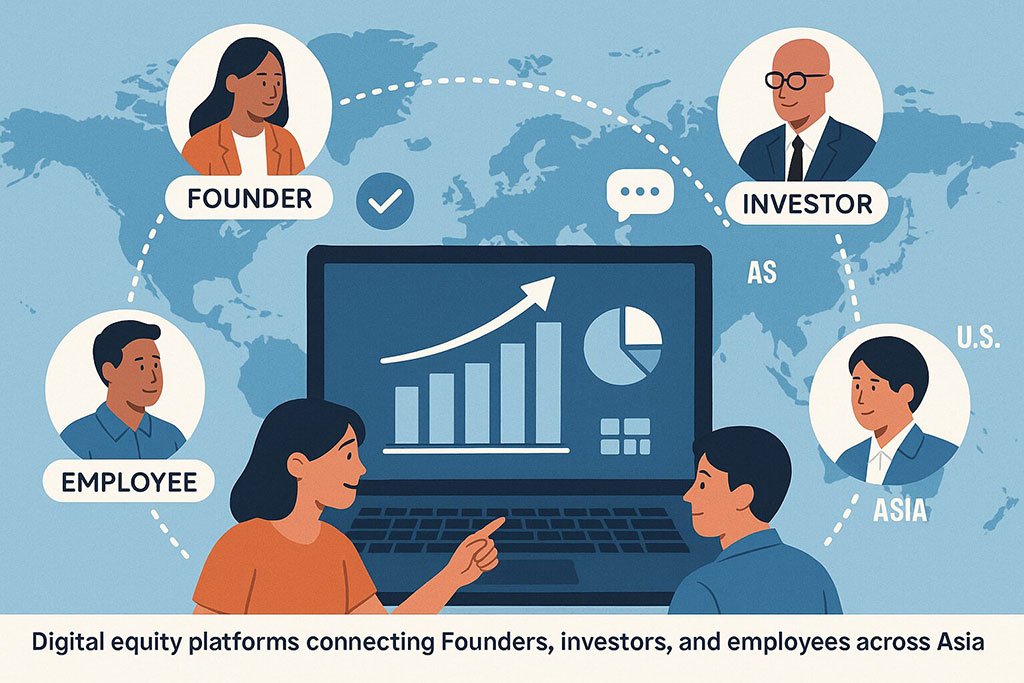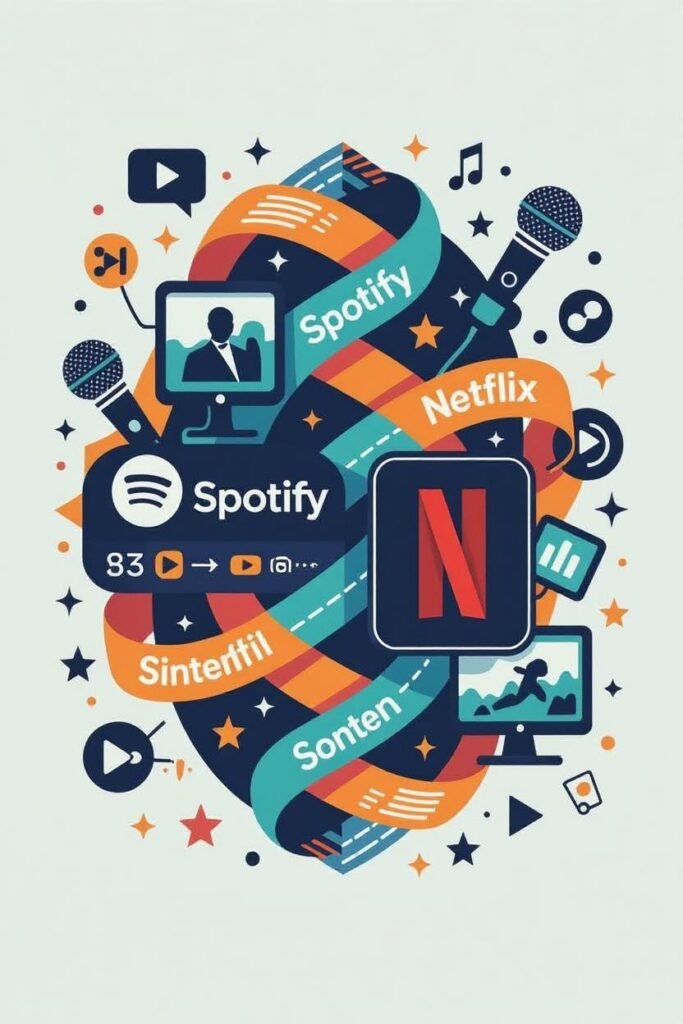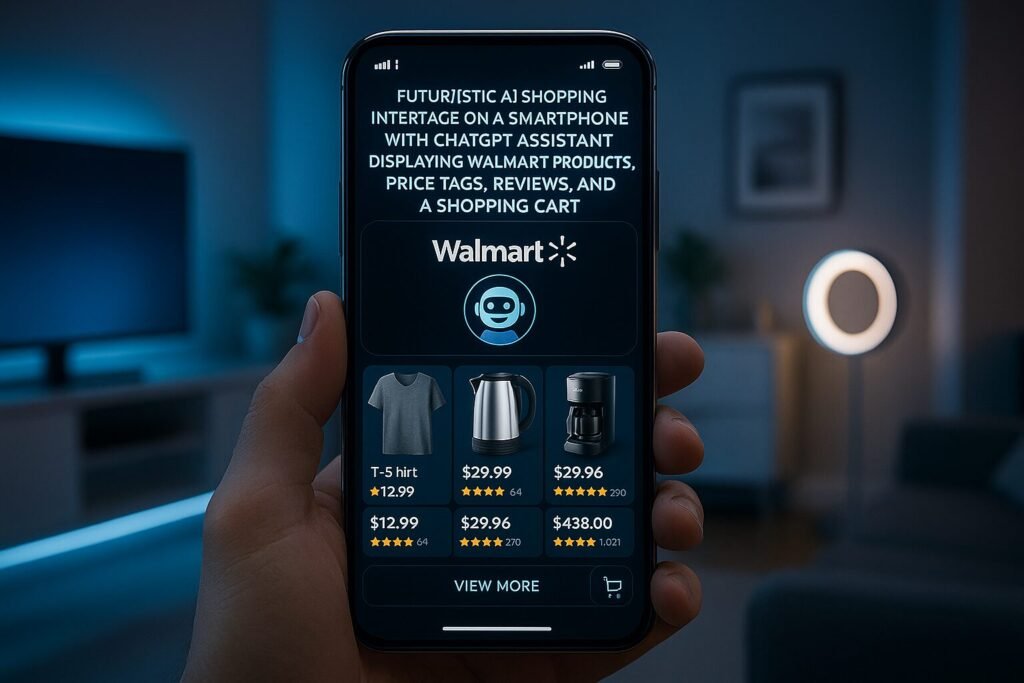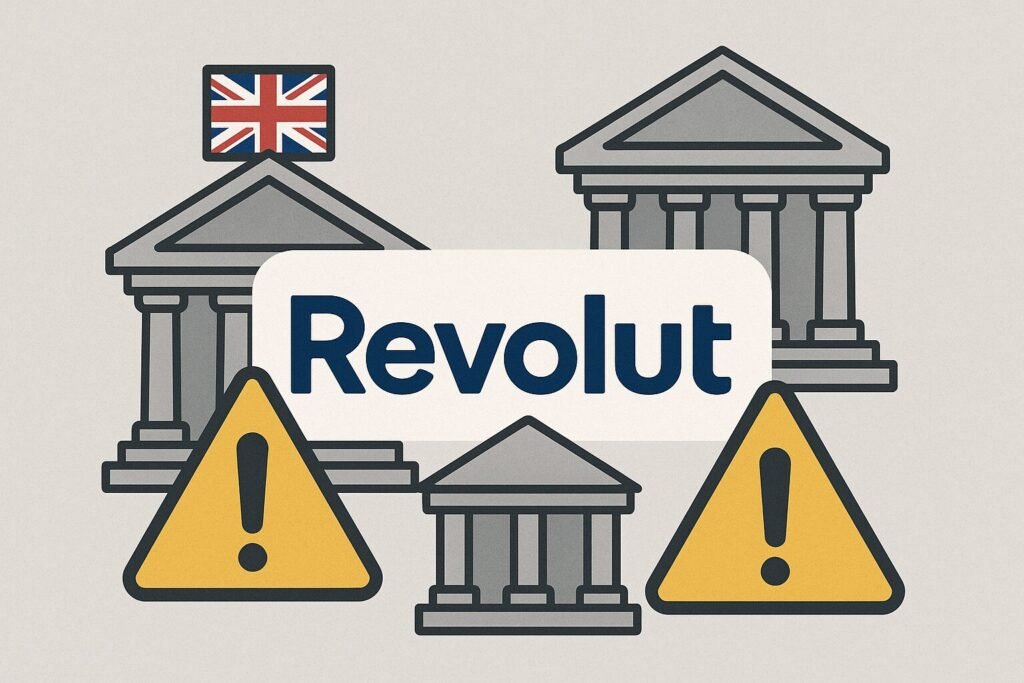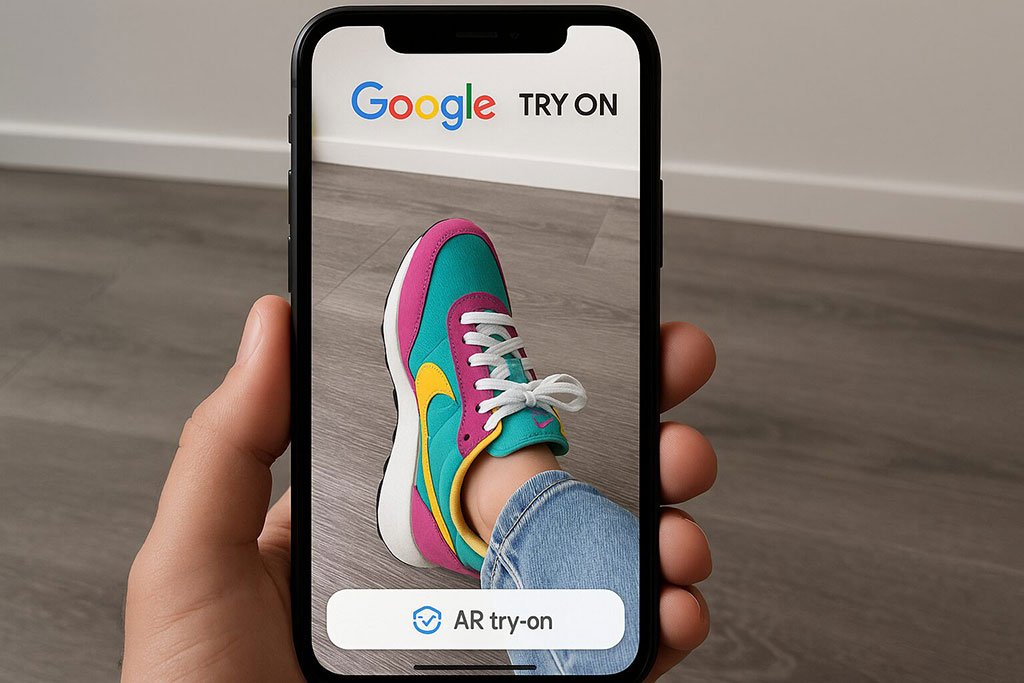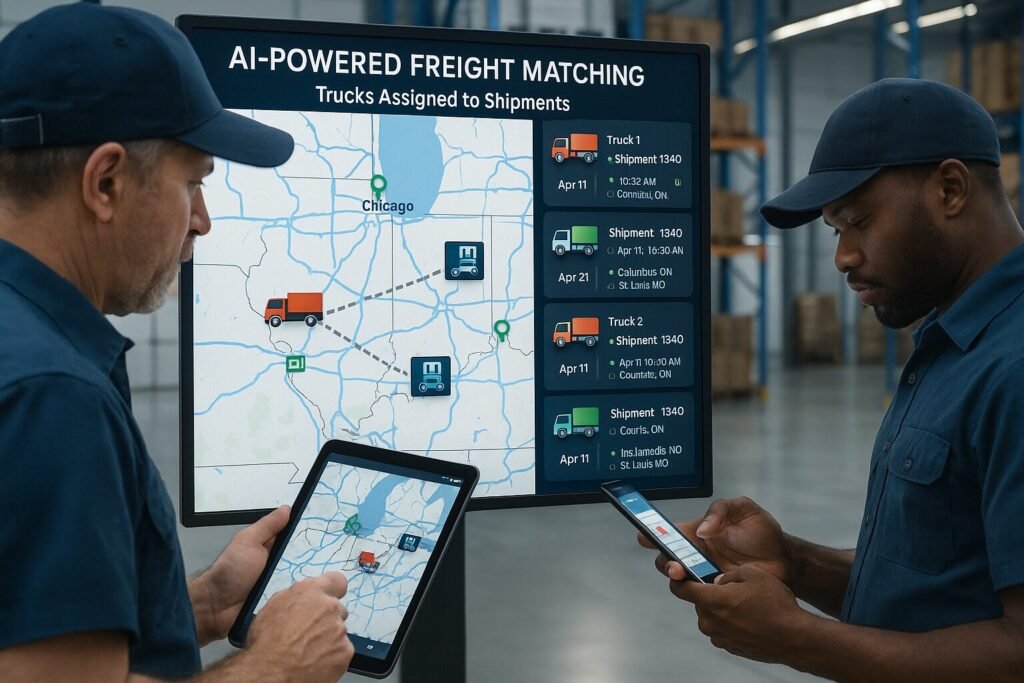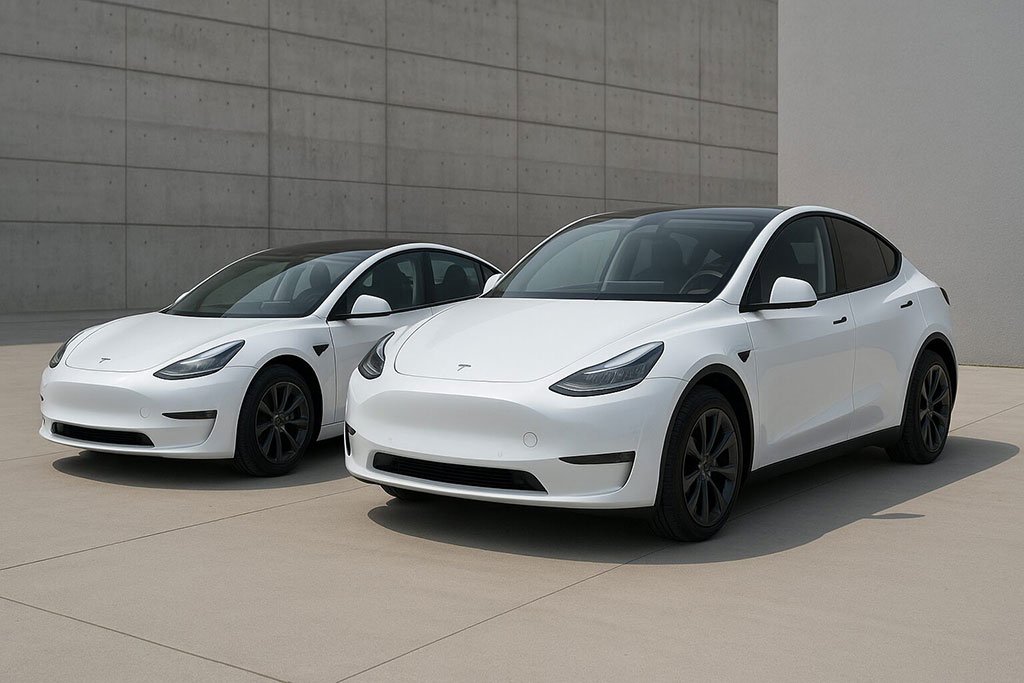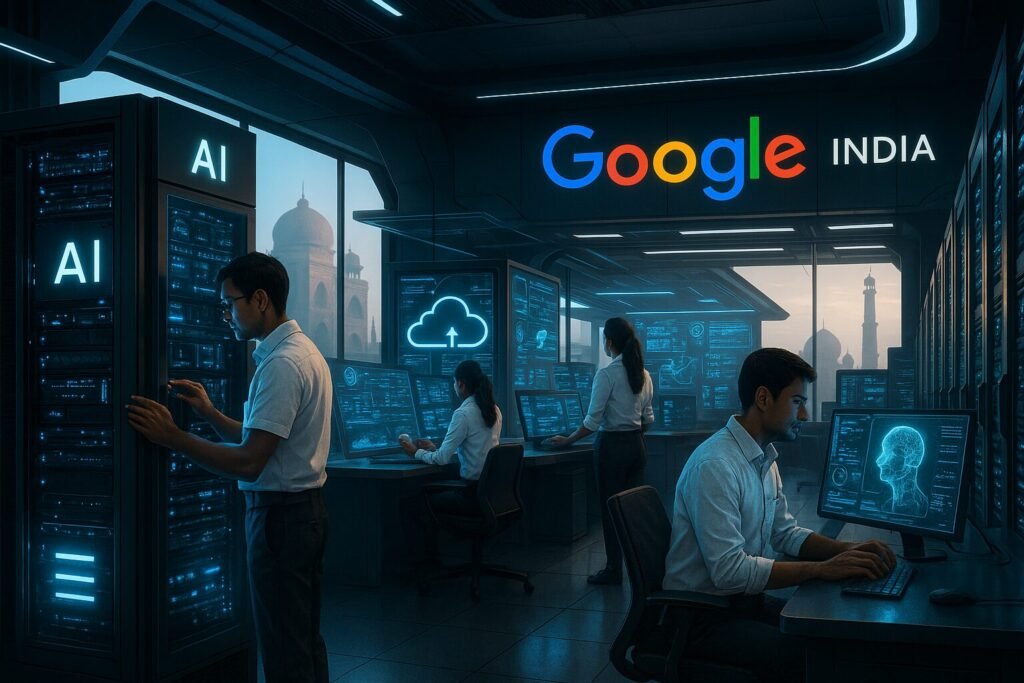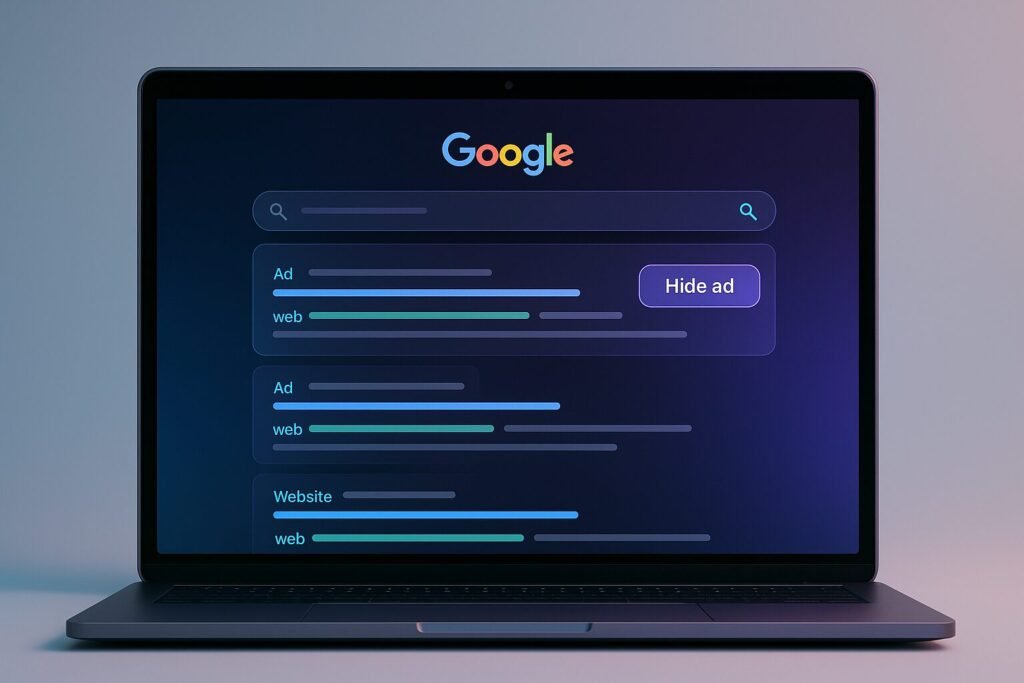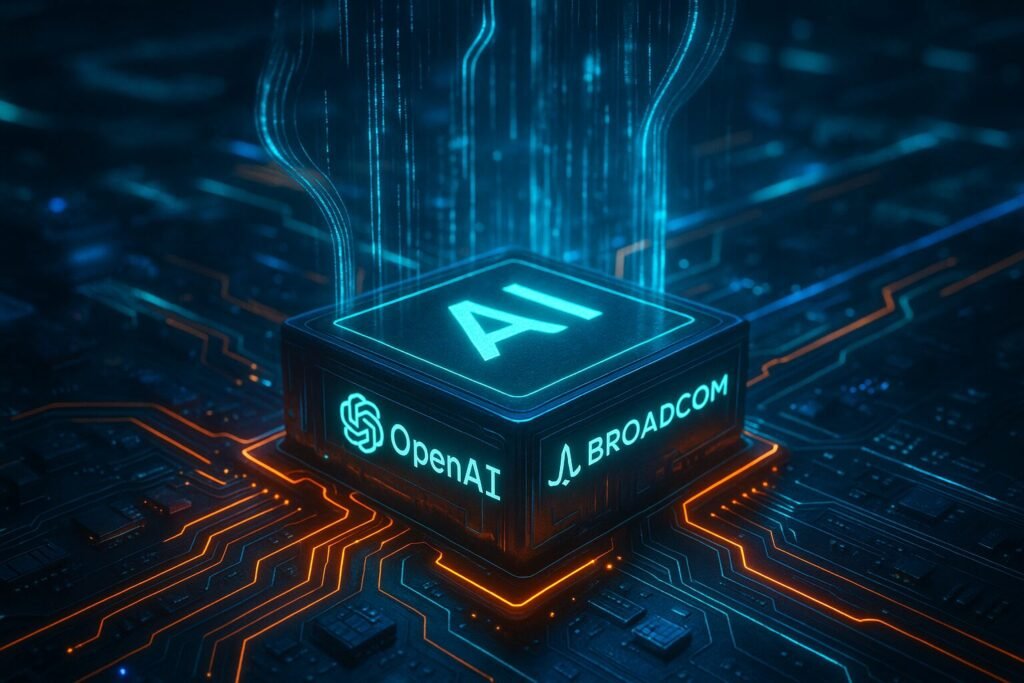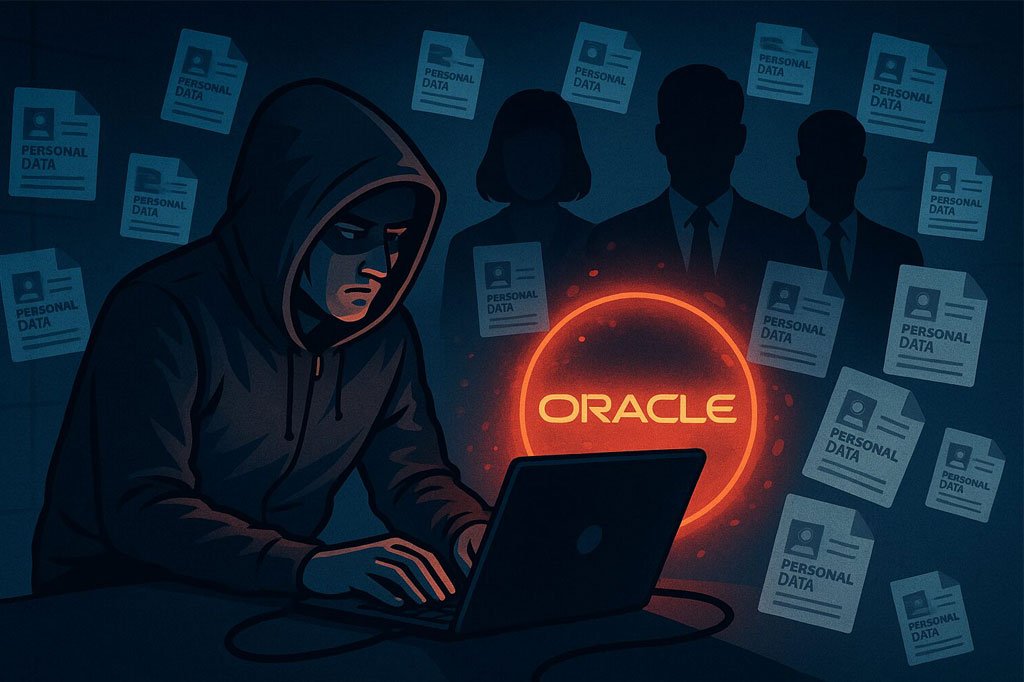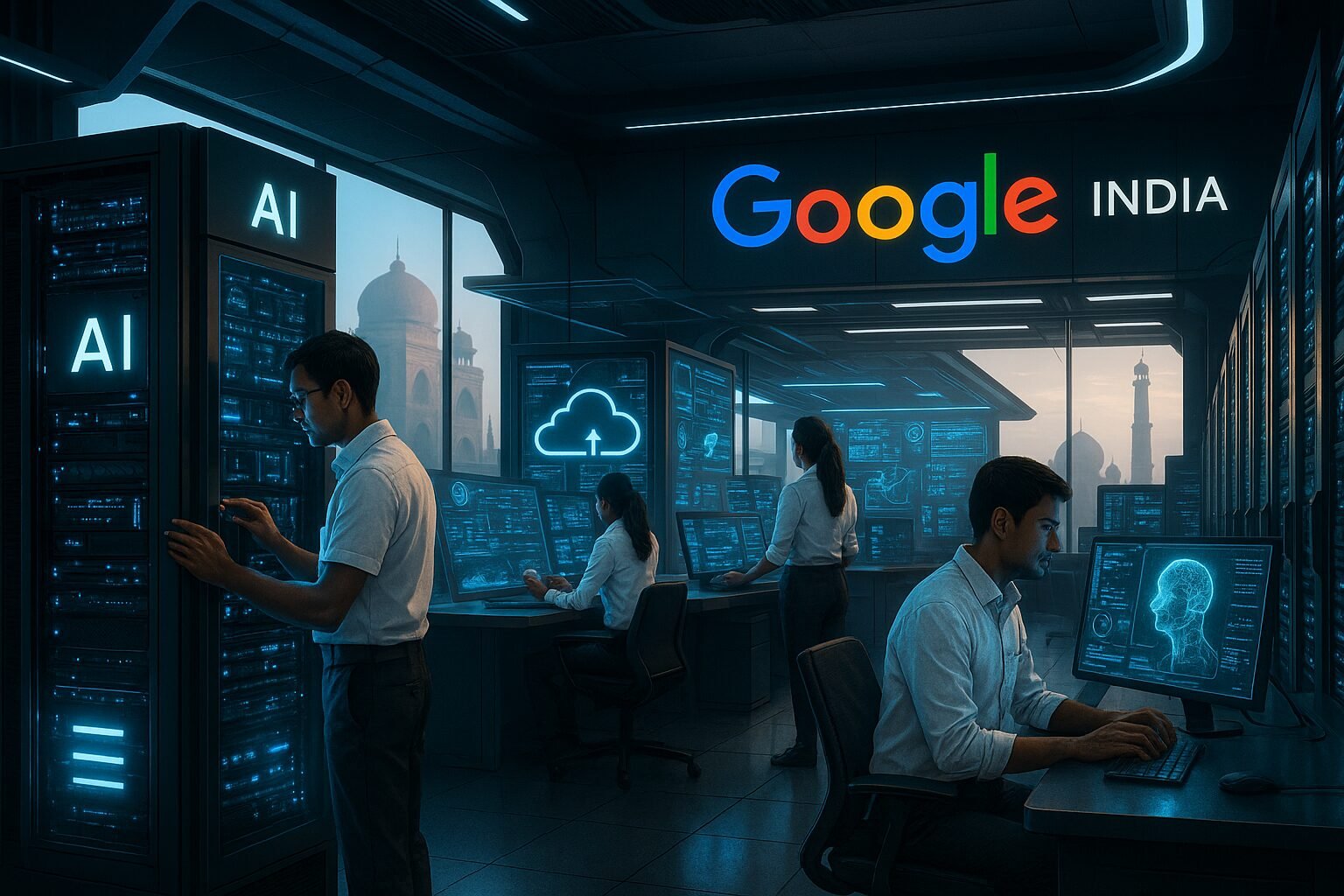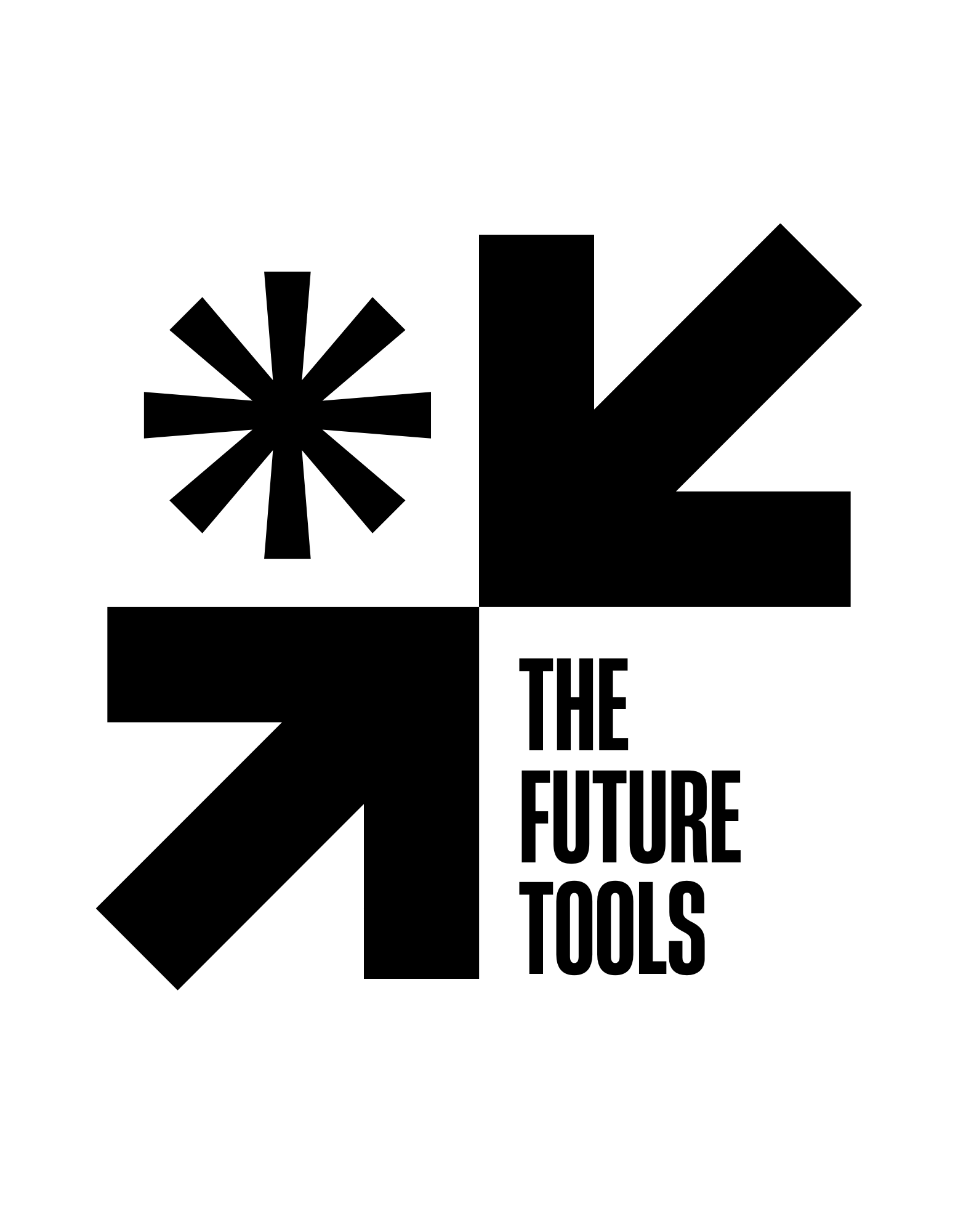Now Reading: OpenAI and Broadcom Join Forces to Build Proprietary AI Chips
-
01
OpenAI and Broadcom Join Forces to Build Proprietary AI Chips
OpenAI and Broadcom Join Forces to Build Proprietary AI Chips
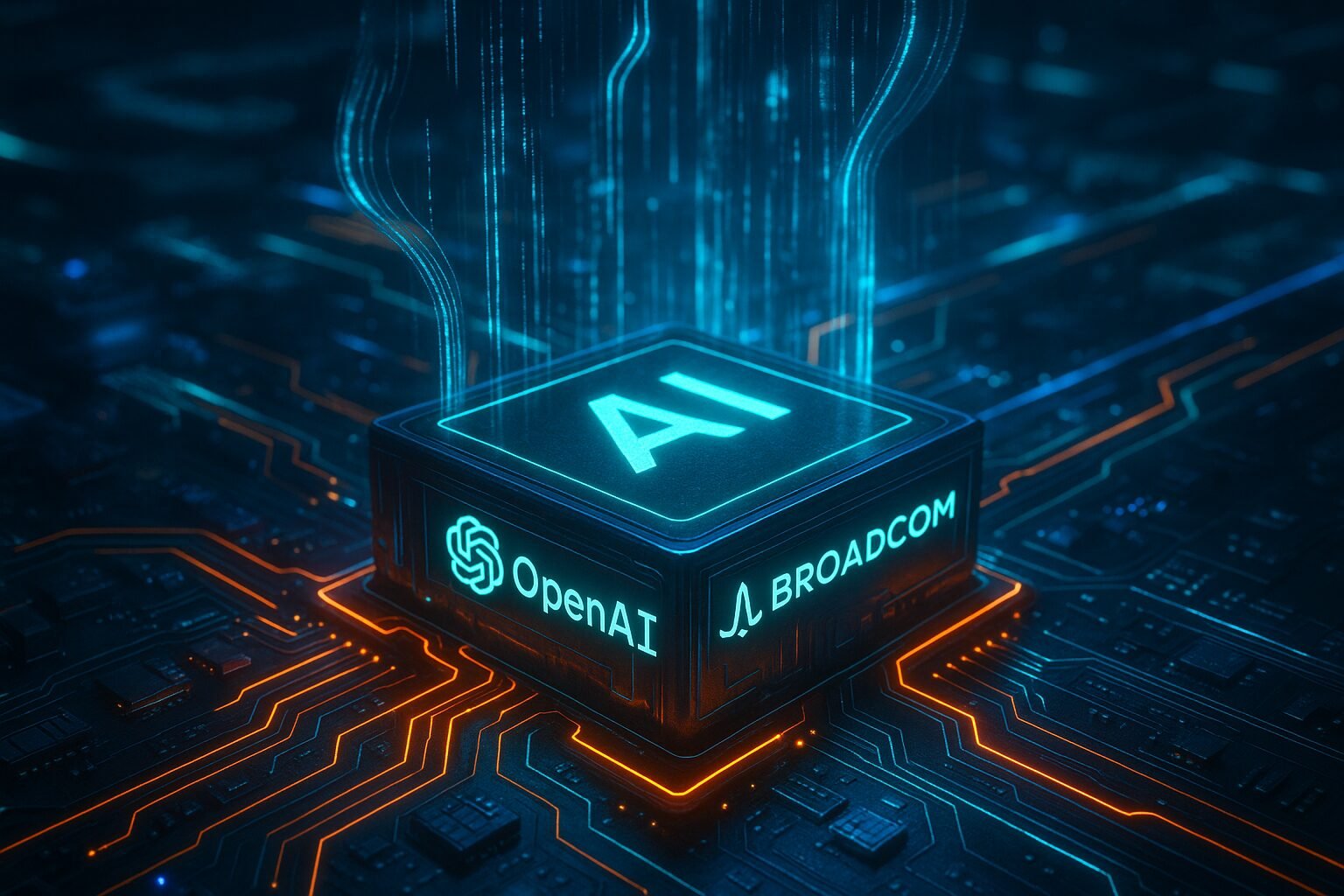
The Dawn of Custom AI Hardware
Artificial intelligence is evolving faster than ever, but its growth has been bottlenecked by the limitations of traditional computing hardware. GPUs, CPUs, and even cloud-based accelerators are incredible, but the latest AI models, especially large language models and multimodal systems, demand specialized solutions. Enter OpenAI and Broadcom, now officially collaborating to design proprietary AI chips.
This partnership is not just another tech announcement—it signals a paradigm shift in AI hardware strategy, where software and hardware are being co-designed to push the boundaries of computational performance. For AI developers, enterprises, and tech enthusiasts worldwide, this could redefine what’s possible in AI efficiency, scalability, and energy use.
Why Proprietary AI Chips Matter
The AI ecosystem has been heavily reliant on third-party GPUs for years. While GPUs deliver raw power, they are general-purpose processors optimized for graphics but repurposed for AI tasks. Proprietary AI chips allow engineers to:
-
Optimize performance for AI workloads: Tailored circuits for matrix multiplication, attention mechanisms, and tensor operations speed up model training and inference.
-
Reduce energy consumption: AI chips can achieve better energy efficiency, cutting both costs and carbon footprints.
-
Enhance scalability: Proprietary chips can handle larger models and distributed AI training more efficiently.
-
Enable innovation in multimodal AI: As models integrate text, images, audio, and video, dedicated chips can handle diverse data types simultaneously.
OpenAI’s models, including GPT and future multimodal systems, will likely be the first beneficiaries, demonstrating real-world improvements in speed and reliability.
The Strategic Importance of Broadcom
Broadcom, long recognized for semiconductor excellence, brings unmatched expertise in networking, signal processing, and custom silicon design. By partnering with Broadcom, OpenAI can:
-
Accelerate chip prototyping and production timelines
-
Incorporate cutting-edge fabrication techniques
-
Ensure global-scale deployment for cloud AI workloads
This combination of OpenAI’s AI expertise and Broadcom’s hardware mastery positions the partnership as a world-first collaboration for next-generation AI silicon, setting a global benchmark for others in the industry.
Implications for the AI Industry
-
Global AI Acceleration: Proprietary chips designed for OpenAI’s models could redefine computing efficiency across industries from finance and healthcare to entertainment and autonomous systems.
-
New Competitive Benchmark: Other AI firms, including Google, Microsoft, and NVIDIA, may accelerate their own custom hardware efforts, fostering a global race in AI chip development.
-
Economic & Industrial Impact: Countries investing in AI hardware innovation could see increased technological sovereignty, reduced dependency on imported GPUs, and growth in high-tech manufacturing sectors.
-
Sustainability Gains: Specialized AI chips reduce energy consumption for large-scale AI tasks, supporting environmentally conscious AI deployment globally.
What This Means for End Users
For businesses and everyday AI users, the impact may initially seem behind the scenes. But faster and more efficient chips can lead to:
-
Quicker AI-powered applications and APIs
-
Lower latency in real-time AI tools
-
Improved reliability of cloud AI services
-
Potential reduction in AI subscription costs as operational efficiency improves
For example, OpenAI-powered tools could process text, images, and audio in near real-time, making AI assistants smarter, faster, and more contextually aware.
Challenges and Considerations
While promising, proprietary AI chips also come with considerations:
-
High development costs: Designing custom silicon is expensive and complex.
-
Supply chain constraints: Semiconductor fabrication faces global shortages and geopolitical risks.
-
Software optimization: AI frameworks must adapt to new hardware architectures for peak performance.
-
Global adoption hurdles: Enterprises worldwide may need time to integrate new chip-supported AI services.
Yet, the partnership’s long-term vision is clear: to make AI faster, smarter, and more universally accessible.
Projected Timeline
Though OpenAI and Broadcom have not disclosed a full schedule, industry analysts anticipate:
-
Prototype development: Within 12–18 months
-
Initial integration: Proprietary chips supporting OpenAI’s cloud infrastructure for GPT-family models
-
Expanded deployment: Across multimodal AI applications, including text, image, and audio processing
The first real-world tests could revolutionize AI latency and efficiency globally.
FAQs
Q: Will these chips be exclusive to OpenAI?
A: Initially, yes, to optimize OpenAI’s AI infrastructure. Broader licensing or commercial availability may follow.
Q: How will this impact AI subscription services?
A: Users might experience faster response times and more reliable AI services, but pricing remains unchanged for now.
Q: Could this reduce energy consumption in AI data centers?
A: Yes. Specialized chips are designed for efficiency, which lowers power consumption for large-scale AI workloads.
Q: Does this signal a trend in AI hardware development?
A: Absolutely. More AI firms are expected to invest in custom silicon to maximize performance and cost-efficiency.
Q: What industries will benefit first?
A: Cloud computing, enterprise AI, autonomous systems, healthcare, and creative industries using AI-driven tools.
The collaboration between OpenAI and Broadcom is a landmark in AI innovation. Proprietary AI chips represent more than just hardware — they are foundational infrastructure for the next era of intelligent computing. By co-designing software and hardware, OpenAI is creating a blueprint for AI systems that are faster, more efficient, and globally scalable.
For developers, businesses, and AI enthusiasts, the future promises smarter applications, more responsive AI assistants, and a sustainable, high-performance AI ecosystem. This partnership is not just incremental improvement—it’s a world-first approach that could redefine AI hardware for decades to come.
Stay ahead in AI innovation — subscribe to our newsletter for global AI updates, insights, and breakthroughs.
Disclaimer:
All logos, trademarks, and brand names referenced herein remain the property of their respective owners. Content is provided for editorial and informational purposes only. Any AI-generated images or visualizations are illustrative and do not represent official assets or associated brands. Readers should verify details with official sources before making business or investment decisions.

